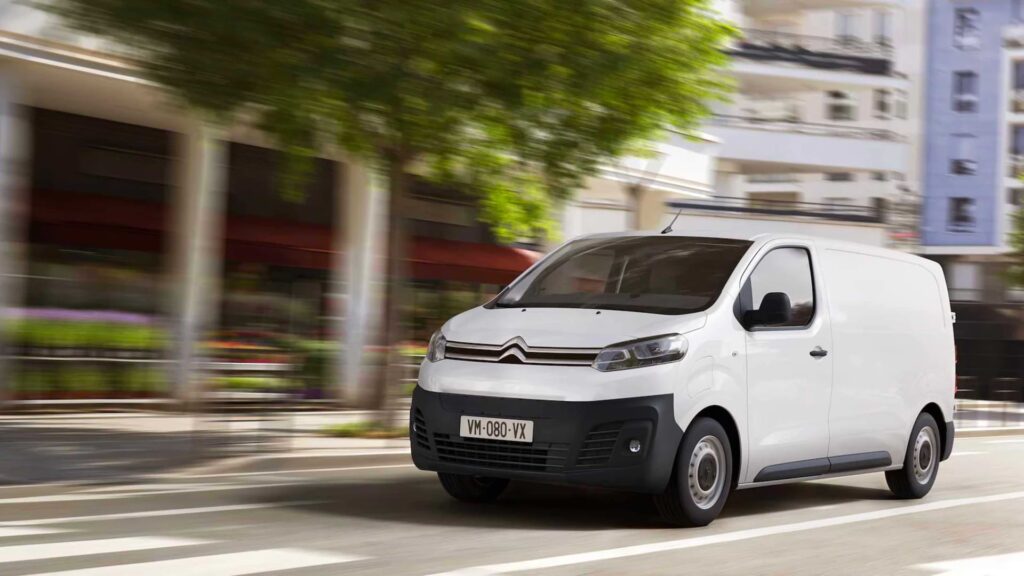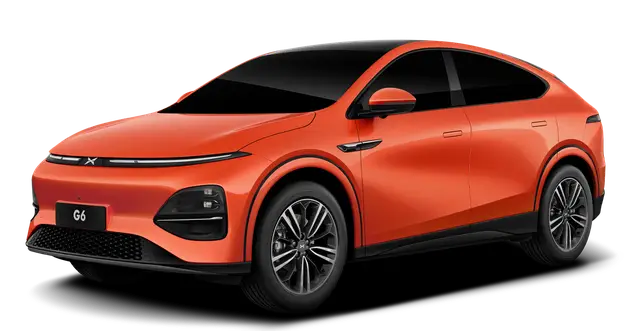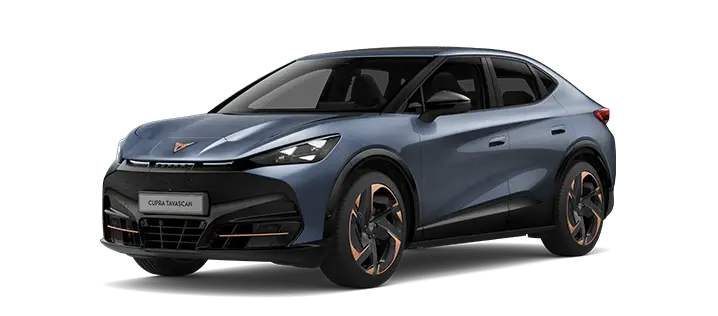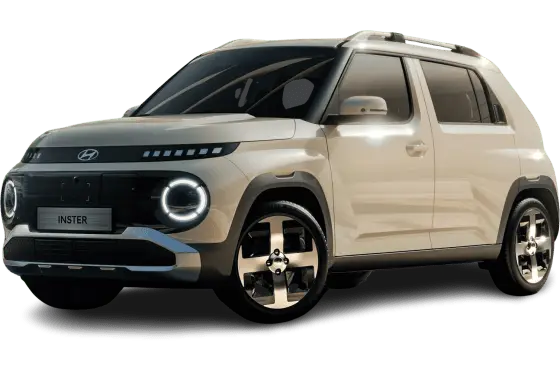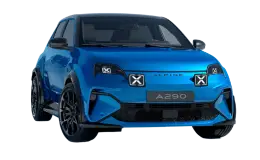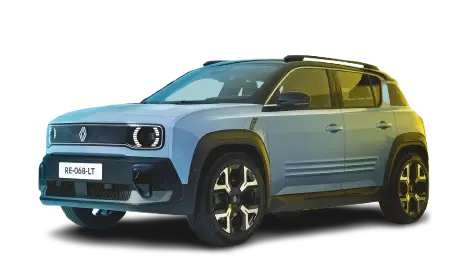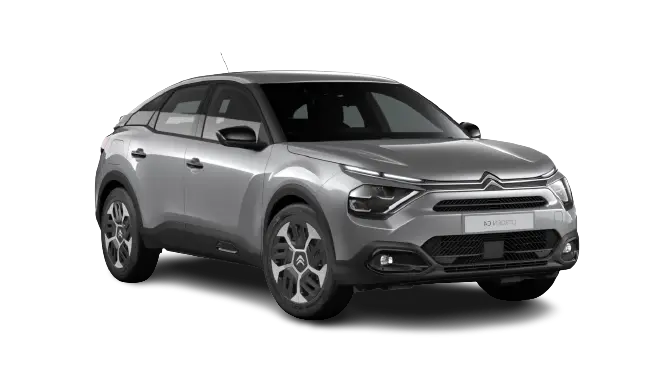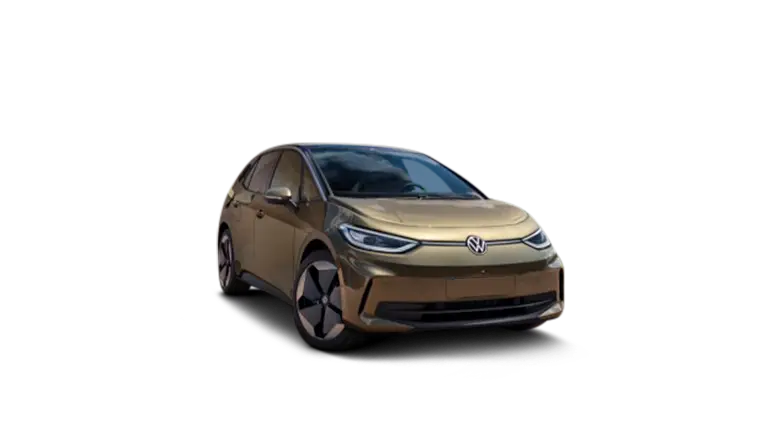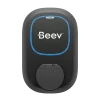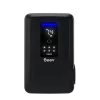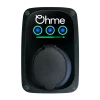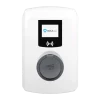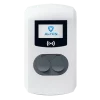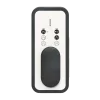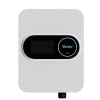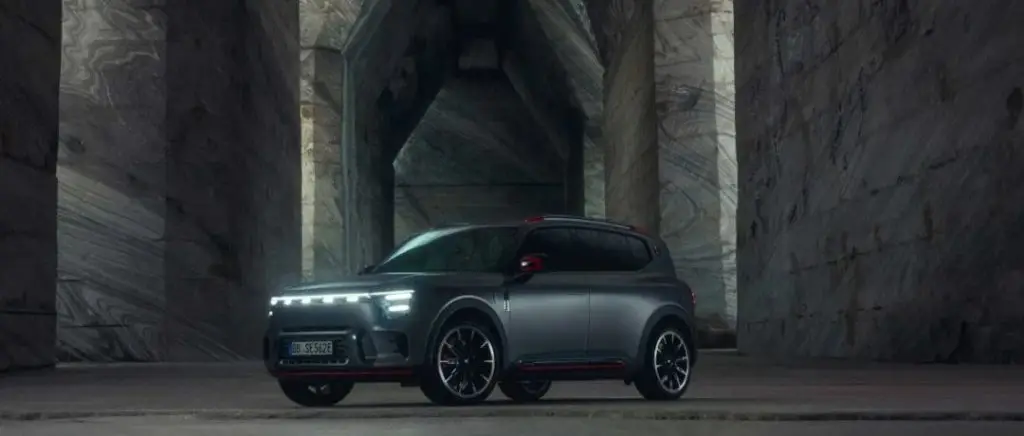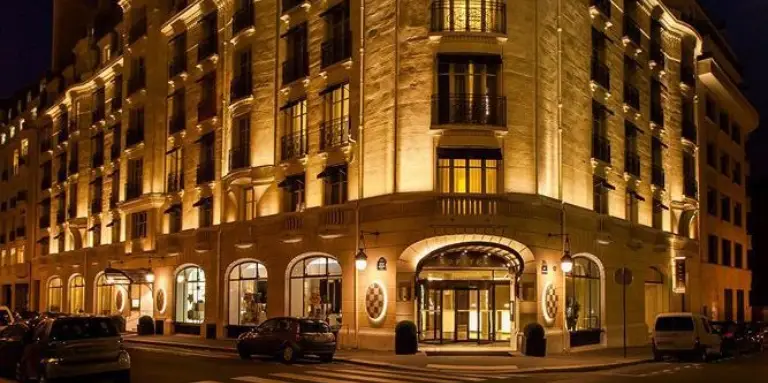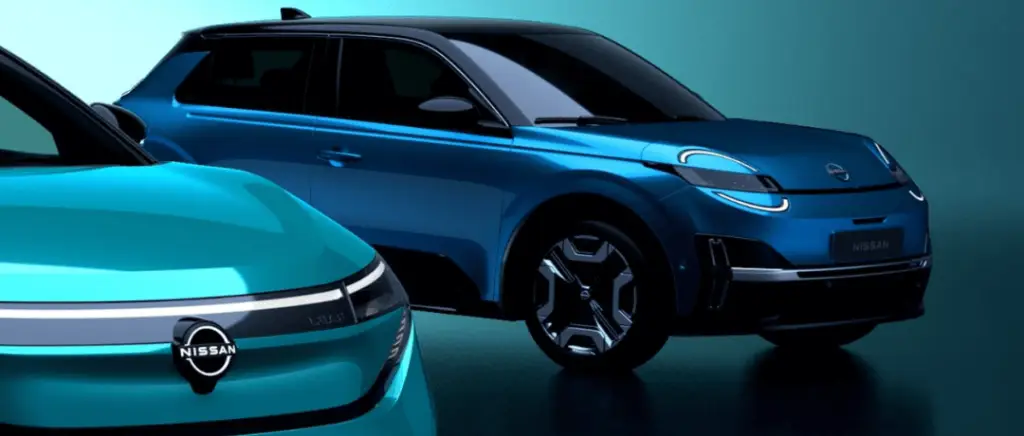Discover Trusk
Founded in late 2015 by a team of entrepreneurs, Trusk is revolutionizing last-mile delivery. The idea? Put an end to delivery delays and make life easier for delivery drivers.
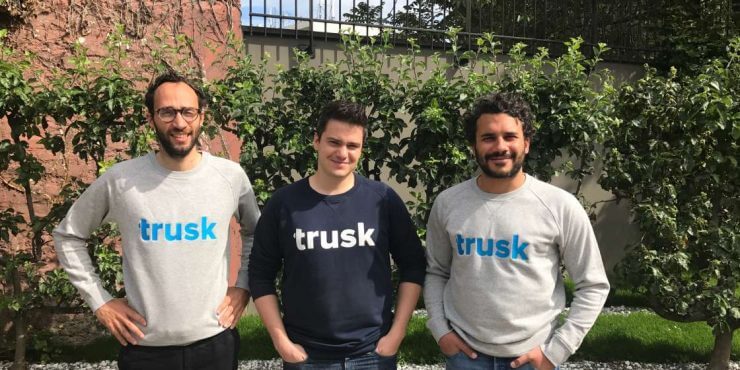
In the age of the smartphone and the Internet, customers are used to having everything right away. For Trusk, "customers can no longer stand being stuck at home for half a day waiting for their sofa or garden furniture to be delivered". "Thanks to our service, stores can offer delivery at any time of day, on demand. - Thomas Effantin (Trusk CEO)
To compete with the e-commerce giants, stores need to offer an equally effective delivery service. That's where the idea for Trusk came from.
The aim? To deliver products at any time, at the customer's request. Customers can expect delivery as early as 2 hours after placing an order, and at any time of day.
"Thanks to our service, stores can offer delivery at any time of day, on demand. - Thomas Effantin (Trusk CEO)
User experience, a passion for doing things better
Trusk is a start-up that connects delivery drivers with stores in need of a delivery service. It's a win-win situation for both parties: delivery drivers are given new missions, and retailers increase their customer satisfaction by setting themselves apart from traditional delivery services.
After a purchase in a store or on an e-commerce platform, the customer orders an errand Trusk errand via the sales clerk or the website. They can choose the delivery time and track the delivery driver from the mobile app to see the status of their delivery.
There's real traceability, the deliveryman is geolocalised, so you can be delivered when you want.
The "customer focus" strategy enables Trusk to stand out from its competitors in the delivery sector. Drivers are connected and delivery is determined by demand, not by the driver's schedule. The aim is to revolutionize the end-customer experience with customized delivery. Since its creation, over a million deliveries have been made, and as many satisfied customers.
Delivery goes electric, but at what price?
Today, 90% of shopping is sent to Trusk by major retailers such as Ikea, Leroy Merlin, Castorama and the construction industry. Trusk operates in all areas where large objects weighing up to 1.2 tonnes need to be transported.
''The idea is to move up the value chain by putting our teams directly in our customers' warehouses, which makes for a smoother order flow''.
Participating in the program, Ikea aims to make all-electric deliveries in several major cities, including New York, Amsterdam and Paris, by 2020. As part of this global approach, Trusk has begun testing electric utility vehicles (EVs).
From the Renault Master Z.E. to the Volkswagen e-Crafter, from the e-Ducato to the Gruau electron 2, Trusk is testing electric vehicles in Paris.
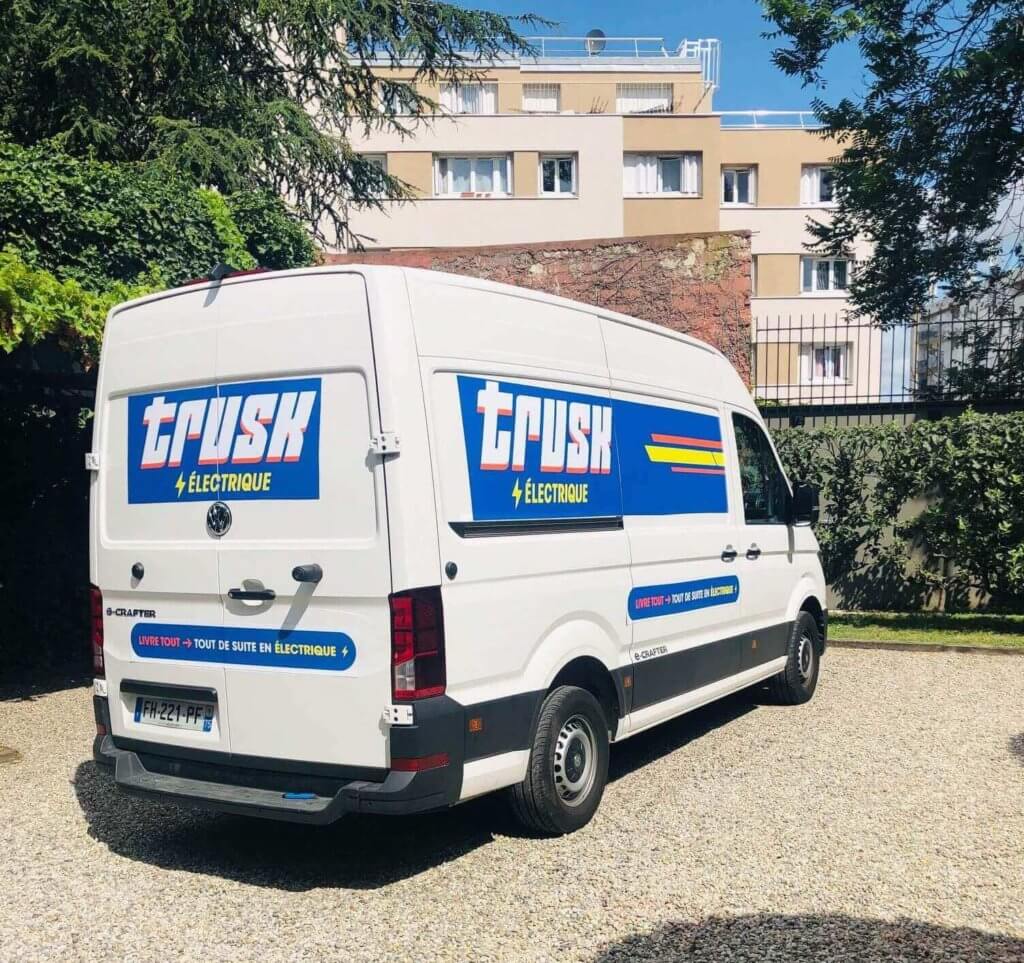
The result? Very positive feedback and satisfied customers. However, not everything is rosy when it comes to switching to electric LCVs. Recharging time, range, payload and purchase price are just some of the constraints faced by electric versions of LCVs.
Electric LCVs still have a long way to go. But Trusk has found a way around these constraints.
''The advantage we have with Ikea is that we always start from the same place, which is the warehouse in Gennevilliers, we make our rounds and we come back to the warehouse and there we can load it''.
The technical limitations and initial investment required for electric LCVs have prompted Trusk to reconsider its ambitions to introduce electric LCVs throughout its fleet. Even if running costs are lower, the renewal of this fleet needs to be financed, which may lead Trusk to increase its rates.
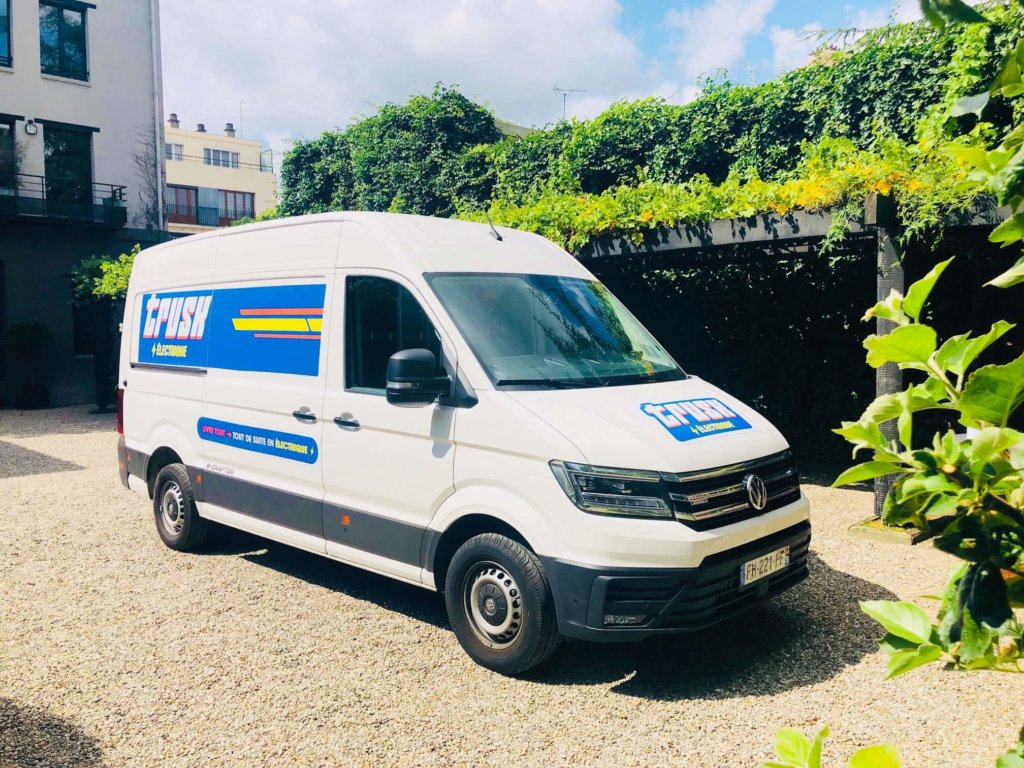
The future of delivery and electric LCVs
''The Greater Paris of tomorrow will limit a certain number of vehicle accesses".
As in most major metropolises, it's becoming increasingly difficult to get around in Paris, home of the Trusk delivery service. For Thomas Effantin (Trusk CEO and co-founder), electric makes sense in the ultra-urban environment. In fact, he himself owns an electric scooter, whose torque and quiet ride make it a pleasure to drive. However, he deplores the fact that there are too few electric vans on offer, even though they are the first to suffer from the new new WLTP standard.
Good to know, the WLTP (Worldwide Harmonized Light Vehicle Test Procedure) is a new protocol for measuring fuel consumption and emissions of CO2 and other pollutants by vehicles. It replaces the old procedure, the NEDC (New European Driving Cycle), in use since 1973.
We're still in the early stages, people are rather cautious about commercial vehicles, and there aren't many offers at the moment. There aren't many manufacturers launching electric commercial vehicles at the moment.
Although electric LCVs are used on a massive scale by the French Post Office and town halls, they could benefit from development in other key sectors, such as last-mile delivery. Today accounting for nearly 2% of sales, the trend is gathering pace, driven by innovative companies focused on the user experience, such as Trusk.
ALSO READ - Electric vans in 2020: everything you need to know
So should you switch to electric LCVs like Trusk? Find out in our dossier.
{Avec des prix de carburant à la hausse et le durcissement des politiques des villes pour la circulation de véhicules polluants, la véhicule utilitaire électrique semble être LA solution pour circuler plus librement.
Les instances européennes se sont engagées à réduire 15% de leurs émissions de CO2 d’ici 2025 et ces efforts seront communs. Les véhicules utilitaires devront être plus verts…}
OUR DOSSIER - Electric commercial vehicles: should you take the plunge?
